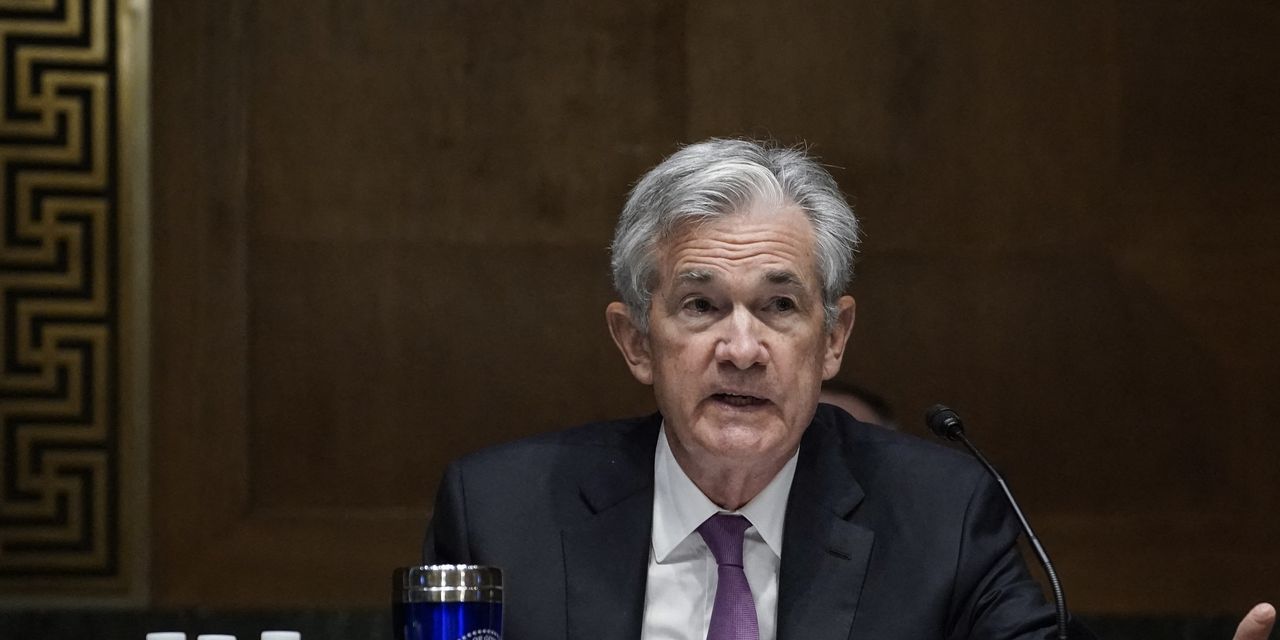Federal Reserve policy makers have pushed up the timeline on when they expect to start raising interest rates. That probably had more to do with the progress the U.S. has made in the fight against Covid-19 than worries about inflation.
Following its two-day meeting, the Fed’s policy-setting committee on Wednesday left its target range on overnight rates where it has been since the pandemic struck last year: right near zero. The most significant changes to the postmeeting statement from the previous one were an acknowledgment that vaccinations have reduced the spread of Covid-19 and an expectation that the effects of the economy’s crisis will continue to moderate.
As for inflation, the change in wording was so slight you could have easily missed it. The statement previously said, “With inflation running persistently below this longer-run goal, the Committee will aim to achieve inflation moderately above 2 percent for some time.” In its place, it now refers to “inflation having run persistently below this longer-run goal.”
Considering that the most recent reading of the Fed’s preferred measure of inflation showed consumer prices 3.6% above their year-earlier level in April, and that it likely was hotter still in May, it is a wording shift that the Fed couldn’t help but make. It still underscores the fact that for years, inflation consistently fell short of the 2% the Fed has been aiming for.
Other than that, the statement repeated the view that the recent rise in inflation largely reflects “transitory factors,” something that Fed Chairman
Jerome Powell
reiterated in his postmeeting press conference.
What then to make of the change in policy makers’ interest-rate projections? When they last issued them in March, most meeting participants thought the Fed’s target range on rates would remain near zero at least through the end of 2023. Now the median forecast calls for the rate range to be a half percentage point higher by the end of 2023 and just 5 of the 18 participants forecast they will still be near zero.
They significantly raised their inflation forecasts for this year (again, how could they not?) and very slightly raised them for 2022 and 2023. But they also bumped up their forecasts for economic growth. Now the median forecast calls for gross domestic product to be up by 7% in the fourth quarter from a year earlier versus an earlier projection of 6.5%, while the forecast for next year remains at a strong 3.3%.
So maybe the more important takeaway from the Fed meeting isn’t that the central bank is starting to seriously worry about inflation but that it is pleased that the fight against Covid has gone as well as it has in recent months. It seems to think the economy will be in a better place sooner because of it.
Write to Justin Lahart at justin.lahart@wsj.com
Copyright ©2020 Dow Jones & Company, Inc. All Rights Reserved. 87990cbe856818d5eddac44c7b1cdeb8
Appeared in the June 17, 2021, print edition as ‘Fed’s Shift Is More About U.S. Covid-19 Efforts Than Inflation.’

